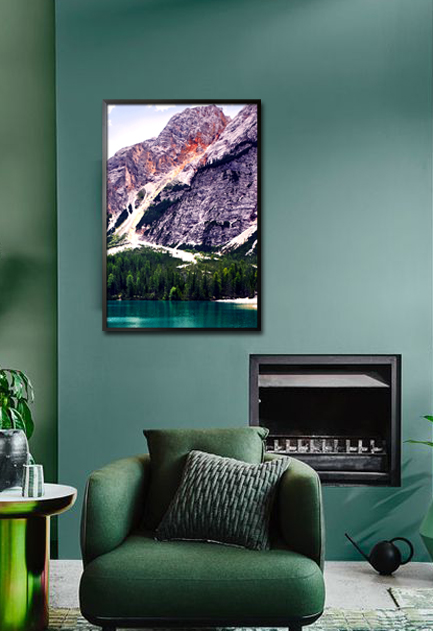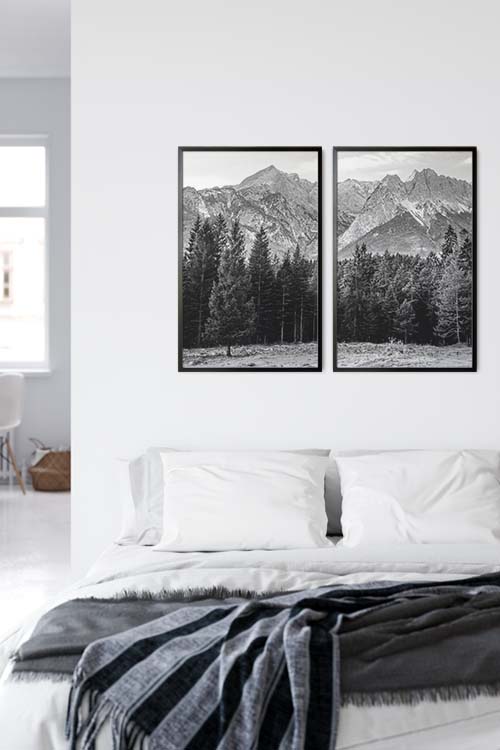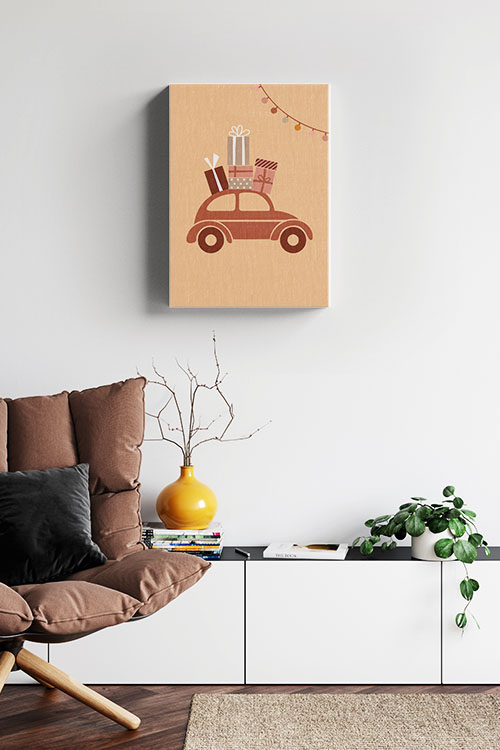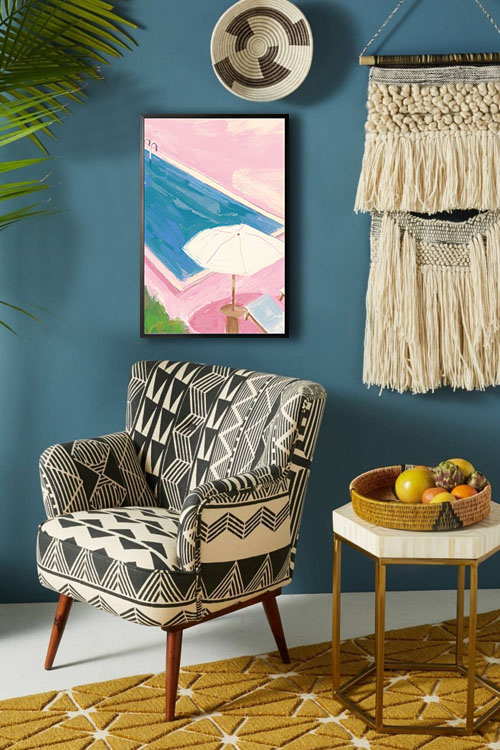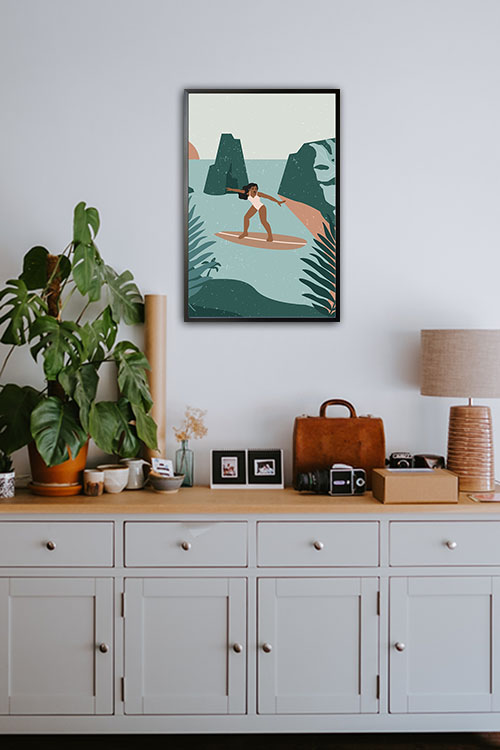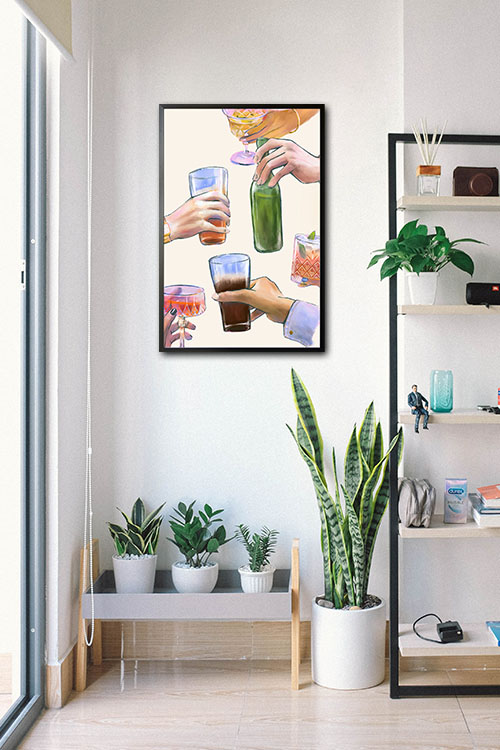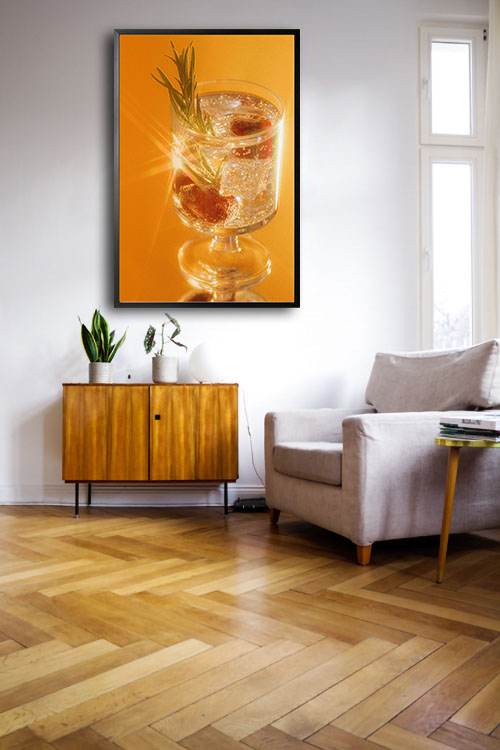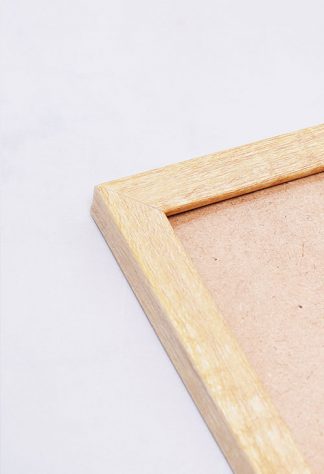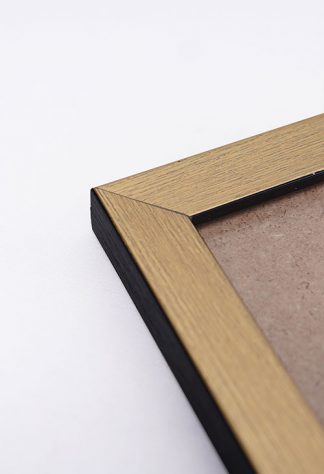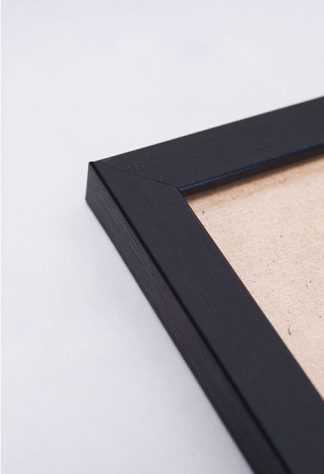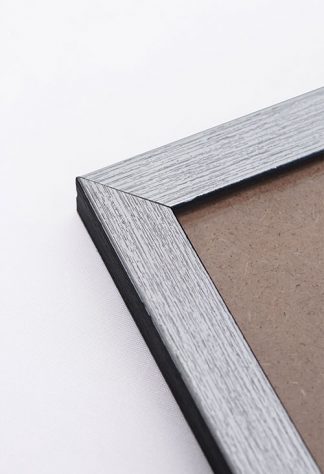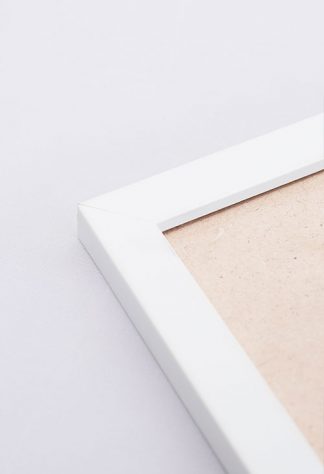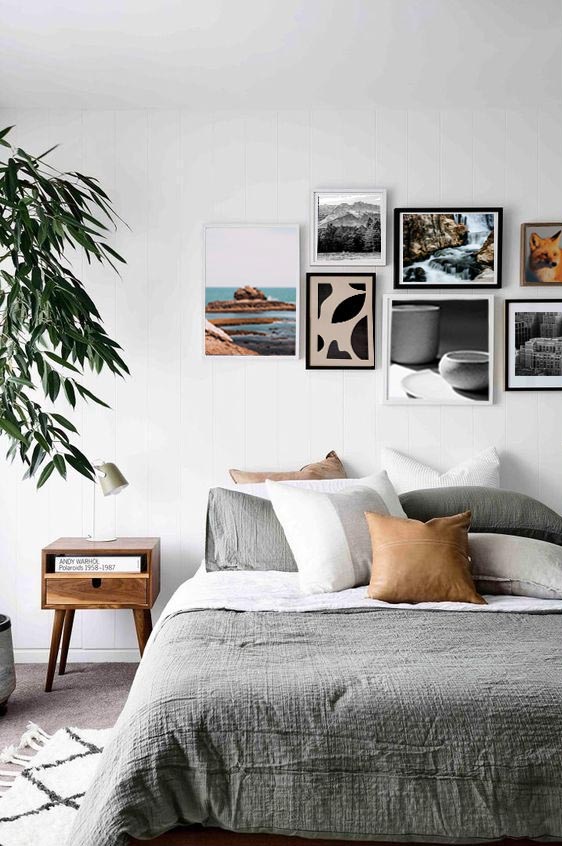
The bedroom is one of the personal spaces in your home. It may be considered as your sanctuary where you can relax and recharge. These are the reasons why it needs personal attention when designing and decorating it. But before going to stores and buying the things to upgrade it, think strategically. Buying expensive items is not recommended these days. There are smart ways to create a luxurious bedroom without going bankrupt. Read on to know how to create a luxurious bedroom that will add value to your home.
Dress up your walls for a luxurious bedroom
White-colored walls in the bedroom are great especially if you prefer a minimalist style. This wall appearance can instantly make your bedroom look elegant. You can still upgrade its look with some wall decors like wallpaper, little paint, artwork, and posters. As such, you will have a wall that appears warm and comforting. If you have dark-colored walls, you can add posters that will contrast the color of the wall.
Add eye-catching headboard
It is true that a luxurious-looking headboard may be expensive yet can give the elegant factor to your bedroom. However, this is not always the case. There are still affordable headboards available in shops that will also rock the interior of your bedroom. The headboard should have an appearance that will catch the attention, such as bold colors, unique shape, impressive height, and elegant fabric.
Think about the lighting for a luxurious bedroom
Whatever type of lighting you prefer: ceiling fixture, table lamps, statement lamps, or others, choose those with a shiny finish. It may be gold, glass, or crystals. Large-sized lighting can also make the room look luxurious.
Add stylish and luxurious-looking seating
Seating can be added to the bedroom if there is unused space. It can be beside the window, in front of your bed, or beside a nightstand. Not only that the seating be an attractive addition. It can also be functional and help create a small nook for reading or working.
Add mirrors for a luxurious bedroom
Add mirrors on the wall, above the nightstand, or behind any lamp. These are some of the tricks of many designers to add glamour to the room. Mirrors create depth and can make small rooms look larger. Choose mirrors with a gilded finish or unusual shapes.
Choose chic nightstands
No need to buy a new nightstand if you already have one. You just have to declutter it by removing excess items like papers and other possessions. Leave only the lighting, a mall vase of flowers, and a book. You may also add something shiny like a mirror, crystal, or brass.
Pillows as accents
Add large-sized pillows combined with the standard-sized ones as well as two to three smaller throws. Rule of thumb, the pillows must not occupy more than a quarter of the length of the bed. Select pillows in silk, velvet, or faux fur to make the room look more luxurious.
Plush blanket for the win
Add a cherry on top of the ice cream. A soft throw blanket can easily make any plain-looking bed look extravagant.
